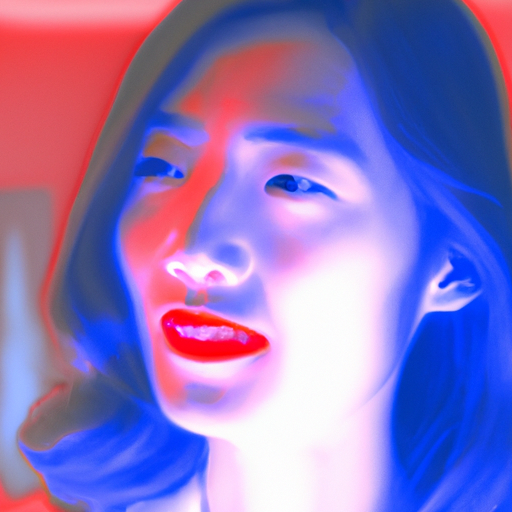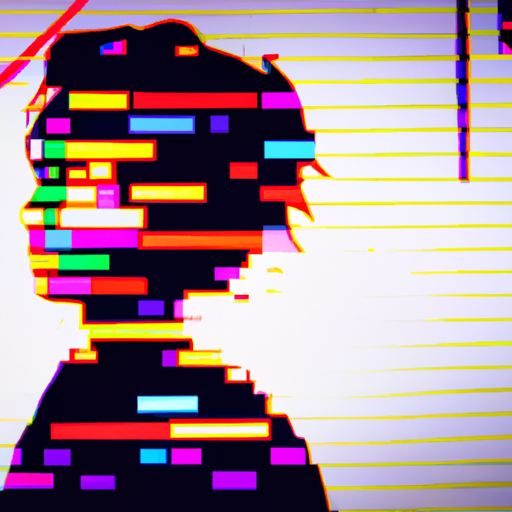
-
Table of Contents
- Dynamic Visual Effects in Graphic Design
- The Rise of Dynamic Visual Effects
- Types of Dynamic Visual Effects
- 1. Animation
- 2. Parallax Scrolling
- 3. Virtual Reality (VR)
- 4. Augmented Reality (AR)
- The Benefits of Dynamic Visual Effects
- 1. Increased Engagement
- 2. Enhanced User Experience
- 3. Improved Brand Perception
- Implementing Dynamic Visual Effects
- 1. Understand the Audience
- 2. Maintain Balance
- 3. Test and Iterate
- Conclusion
Dynamic Visual Effects in Graphic Design

Graphic design is an ever-evolving field that constantly seeks to push the boundaries of creativity and innovation. One of the most exciting developments in recent years has been the use of dynamic visual effects in graphic design. These effects, which can range from subtle animations to immersive virtual reality experiences, have the power to captivate audiences and create memorable brand experiences. In this article, we will explore the various types of dynamic visual effects in graphic design, their benefits, and how they can be effectively implemented.
The Rise of Dynamic Visual Effects
In today’s digital age, where attention spans are shorter than ever, static images and designs can easily get lost in the noise. Dynamic visual effects offer a way to grab and hold the viewer’s attention by adding movement, interactivity, and a sense of immersion to the design. With the advancements in technology and the increasing availability of tools and software, designers now have the ability to create stunning visual effects that were once only possible in the realm of science fiction.
Types of Dynamic Visual Effects
There are several types of dynamic visual effects that graphic designers can utilize to enhance their designs. Let’s explore some of the most popular ones:
1. Animation
Animation is perhaps the most well-known and widely used dynamic visual effect in graphic design. It involves the creation of moving images by displaying a series of still images in rapid succession. Animation can be used to bring characters to life, add visual interest to a website, or convey complex ideas in a simple and engaging way. For example, the animated logo of the film production company Pixar has become iconic and instantly recognizable.
2. Parallax Scrolling
Parallax scrolling is a technique that creates an illusion of depth by moving different layers of an image or webpage at different speeds. This effect can be used to create a sense of immersion and make the design more interactive. For instance, a website for a travel agency could use parallax scrolling to simulate the feeling of scrolling through a scenic landscape, giving users a taste of the destination before they even book a trip.
3. Virtual Reality (VR)
Virtual reality is an emerging technology that has the potential to revolutionize the way we experience graphic design. By using a VR headset, users can be transported to a completely virtual environment where they can interact with the design in a more immersive and realistic way. VR can be particularly effective in fields such as architecture and interior design, where clients can virtually walk through a space before it is built.
4. Augmented Reality (AR)
Augmented reality is another exciting technology that blends the real world with virtual elements. AR overlays digital content onto the user’s view of the real world, typically through the camera of a smartphone or tablet. Graphic designers can use AR to create interactive experiences that bridge the gap between the physical and digital worlds. For example, a clothing brand could use AR to allow customers to try on virtual clothes before making a purchase.
The Benefits of Dynamic Visual Effects
Dynamic visual effects offer numerous benefits for both designers and their clients. Here are some of the key advantages:
1. Increased Engagement
Dynamic visual effects have the power to capture and hold the viewer’s attention, making the design more engaging and memorable. Whether it’s an animated logo, a parallax scrolling website, or a virtual reality experience, these effects can create a sense of excitement and curiosity that static designs often lack.
2. Enhanced User Experience
By incorporating dynamic visual effects, designers can create more interactive and immersive user experiences. This can lead to increased user satisfaction and a stronger emotional connection with the brand. For example, a website with parallax scrolling can make the user feel like they are actively exploring the content, rather than just passively scrolling through it.
3. Improved Brand Perception
Dynamic visual effects can help to differentiate a brand from its competitors and create a perception of innovation and modernity. By embracing cutting-edge technologies and design techniques, brands can position themselves as forward-thinking and ahead of the curve.
Implementing Dynamic Visual Effects
While dynamic visual effects can be incredibly powerful, they should be used judiciously and with purpose. Here are some tips for effectively implementing these effects:
1. Understand the Audience
Before incorporating dynamic visual effects into a design, it’s important to understand the target audience and their preferences. Some audiences may be more receptive to certain effects than others. For example, younger audiences may be more familiar with and open to virtual reality experiences, while older audiences may prefer more subtle animations.
2. Maintain Balance
While dynamic visual effects can be attention-grabbing, it’s important to strike a balance between the effects and the overall design. The effects should enhance the design and support the message, rather than overpowering or distracting from it. A cluttered or overly busy design can be overwhelming and detract from the user experience.
3. Test and Iterate
Before finalizing a design with dynamic visual effects, it’s crucial to test it with real users and gather feedback. This will help identify any usability issues or areas for improvement. Iterating on the design based on user feedback can lead to a more refined and effective final product.
Conclusion
Dynamic visual effects have the power to transform graphic design and create immersive and engaging experiences for viewers. From animation to virtual reality, these effects offer numerous benefits, including increased engagement, enhanced user experience, and improved brand perception. By understanding the audience, maintaining balance, and testing and iterating, designers can effectively implement dynamic visual effects to create impactful and memorable designs. As technology continues to advance, the possibilities for dynamic visual effects in graphic design are only limited by the imagination of the designer.
